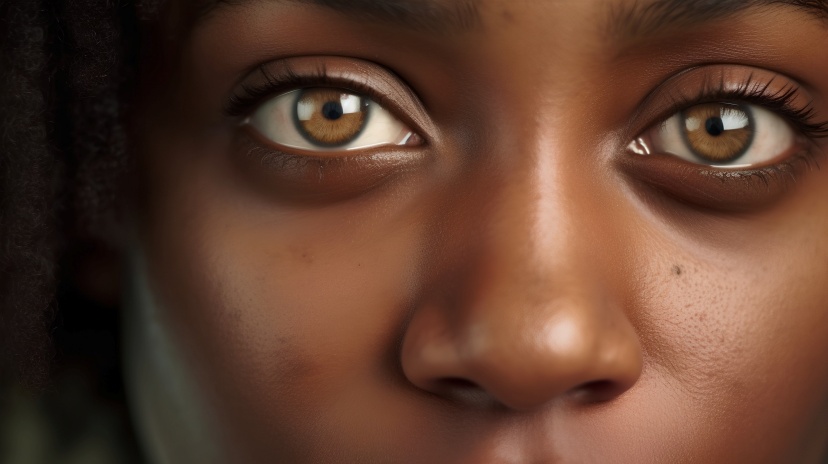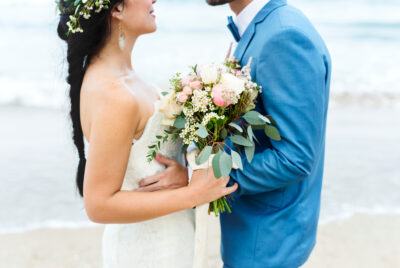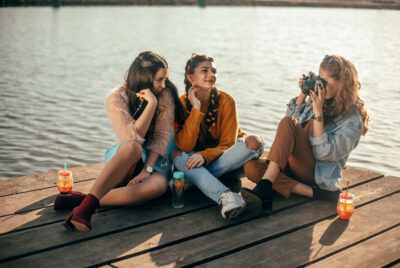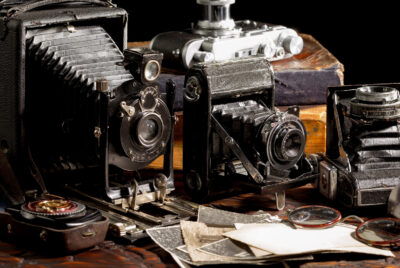Eye Photography: Beauty of the Windows to the Soul
Introduction
• The fascination with eyes. Throughout history, eyes have captivated artists and photographers with their beauty and expressive qualities. Eye photography allows us to explore the intricate details and emotions conveyed through these windows to the soul.
• The art of eye photography. Discover the unique techniques and considerations involved in capturing compelling and engaging eye portraits.
>Understanding Eye Anatomy
• Exploring the intricacies of the eye. Delve into the structure of the eye, including the iris, pupil, cornea, and sclera. Understanding the anatomy will help you appreciate the complexity of this subject matter and better capture its beauty.
• The role of light in highlighting eye details. Learn how light interacts with the eye to create highlights, shadows, and reflections. Understanding lighting techniques will enable you to enhance eye details and create visually stunning photographs.
Essential Equipment for Eye Photography
• Choosing the right camera and lenses. Explore the ideal equipment for eye photography, considering factors such as resolution, focus capabilities, and lens selection. Recommendations for macro lenses and their benefits in capturing intricate eye details.
• Utilizing macro photography techniques. Dive into the world of macro photography and learn how to capture extreme close-ups of the eye. Discover the techniques for achieving sharp focus, controlling depth of field, and emphasizing intricate textures.
Mastering Eye Composition
• The power of close-ups and framing. Discover how close-up shots of the eye can convey intimacy and intensity. Learn about different framing techniques, such as filling the frame with the eye or using the rule of thirds, to create visually striking compositions.
• Creating depth and emotion through angles and perspectives. Explore how different angles and perspectives can evoke various emotions and convey unique narratives in eye photography. Experiment with shooting from different heights, angles, and directions to capture eye-catching results.
Working with Lighting
• Natural light vs. artificial light. Understand the characteristics and effects of natural light and artificial lighting setups on eye photography. Learn how to harness and manipulate light to enhance eye details and create the desired mood.
• Controlling shadows and reflections. Discover techniques for managing shadows and minimizing unwanted reflections in eye photography. Use diffusers, reflectors, or strategic positioning to achieve optimal lighting conditions.
Capturing Expressions and Emotions
• Building rapport with your subject. Establish a comfortable and trusting environment to capture genuine and expressive eye portraits. Develop techniques to engage with your subject and evoke authentic emotions that can be conveyed through their eyes.
• Techniques for capturing authentic eye expressions. Explore different methods to capture a wide range of eye expressions, from joy and excitement to contemplation and introspection. Experiment with timing, storytelling, and interacting prompts to bring out the desired emotions.
Exploring Eye Colors
• Celebrating the diversity of eye colors. Discover the vast array of eye colors and the unique beauty they possess. Learn how to showcase and enhance the natural hues through lighting, background choices, and post-processing techniques.
• Enhancing and highlighting specific eye hues. Explore creative approaches to enhance specific eye colors and make them stand out in your photographs. Utilize complementary colors, contrasting backgrounds, or color grading techniques to make eye colors pop.
Post-Processing and Editing Tips
• Enhancing eye details through editing. Learn post-processing techniques to enhance eye details while maintaining a natural appearance. Explore tools such as selective sharpening, contrast adjustments, and localized retouching to bring out the best in your eye photographs.
• Balancing retouching and maintaining natural aesthetics. Discover how to retouch eye portraits while preserving the authentic look of the subject. Find a balance between enhancing details and maintaining the integrity and natural beauty of the eye.
Creative Eye Photography Ideas
• Incorporating props and accessories. Explore the creative use of props and accessories to add interest and context to your eye portraits. Experiment with elements such as jewelry, fabrics, or thematic elements that complement the eye and create visually engaging compositions.
• Experimenting with reflections and double exposures. Push the boundaries of eye photography by incorporating reflections or double exposure techniques. Create intriguing visual effects by capturing reflections in the eye or merging eye portraits with complementary elements.
Ethics and Consent in Eye Photography
• Respecting privacy and consent. Understand the importance of obtaining consent when photographing someone’s eyes, particularly in close-up portraits. Learn about ethical considerations and best practices for respecting privacy and personal boundaries.
• Sharing and showcasing eye photography responsibly. Explore the appropriate ways to share and display your eye photography. Understand the implications of social media, copyright, and maintaining the privacy of your subjects.
Conclusion
• The beauty and intrigue of eye photography. Reflect on the captivating nature of eye photography and its ability to convey emotions and stories through a single image. Embrace the challenge of capturing eye portraits and continue to explore this fascinating genre.
• Embracing the challenge and capturing timeless eye portraits. Summarize the key takeaways from the article and encourage readers to embrace the art of eye photography, using the provided techniques and suggestions to create captivating and memorable photographs.
Further reading
Check out our other relevant articles:
Horse Photography: Capturing the Elegance & Power of Equines
Art of Portrait Photography: Master Techniques for Stunning Shots
.





Comments are closed.